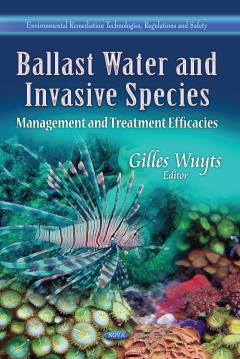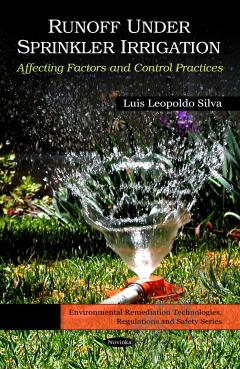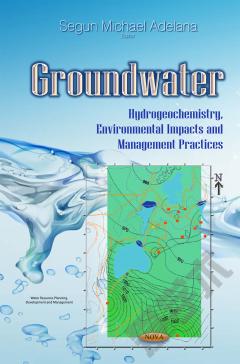Ballast Water and Invasive Species: Management and Treatment Efficacies
With increases in the number of people traveling, the speed and methods of travel, the types and volume of trade, the ability to move living plants and animals so that more of them survive the journey, and the different modes of transport for hitch-hiking organisms, invasive species have become a global concern. Although there are many ways in which species may invade, this book focuses on ballast water discharge by cargo ships as one of the more significant mechanisms for biotic invasion of coastal and estuarine habitats as well as inland navigable waters. The economic, social, recreational, and ecological losses/costs attributable to aquatic invasive species are difficult to quantify. While some costs have been estimated, such as the $5 billion in damages to water pipes, boat hulls, and other hard surfaces by zebra mussels in the Great Lakes, others, such as the losses of native species and environment restoration to pre-invasion quality, are unknown.
{{comment.content}}








 京公网安备 11010802027623号
京公网安备 11010802027623号